 The rise of ecommerce websites has heralded a new era of convenience for consumers, as well as the most powerful tool for retailers since electricity. However, ecommerce sites bring with them a host of SEO challenges that can quash any hopes of being found in organic search.
The rise of ecommerce websites has heralded a new era of convenience for consumers, as well as the most powerful tool for retailers since electricity. However, ecommerce sites bring with them a host of SEO challenges that can quash any hopes of being found in organic search.
Fortunately, with a little foresight and a bit of technical knowledge, ecommerce retailers can maximize their SEO potential and literally rise above the competition (in the search results), resulting in more customers and increased sales.
Duplicate Content
The single biggest SEO challenge for ecommerce sites is duplicate content. While nearly every modern website can be subject to this issue, the characteristics of most ecommerce websites tend to have every attribute that typically results in duplicate content.
Because duplicate content can be a sign of manipulation, plagiarism, content scraping, or just plain laziness, Google takes it seriously and so should you. Hosting too much duplicate content can seriously hurt your rankings, traffic and most importantly your bottom line.
However, as there are perfectly legitimate and unavoidable reasons for duplicate content, the major search engines have united in recognizing meta tags which honest webmasters can use to send signals to the search bots that will help avoid penalties.
While the precise causes of duplicate content can be diverse, in the majority of cases, the problems can be addressed with:
- Rel = Canonical Tags
- Pagination Tags
Similar Product Pages
Most ecommerce retailers have lots of very similar product pages. Products often come in multiple colors, sizes, or variations, which all have their own individual product pages. While giving shoppers lots of options for customization is essential to keeping them happy, search engines do not feel the same way.
A simple and essential fix is to place canonical tags on similar product pages to indicate to search engines which is the most important version of that page.
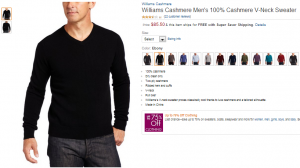
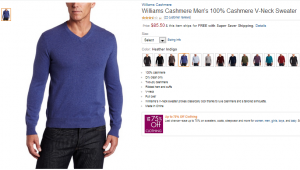
Multiple Page Product Search Results
Any time a product list stretches across multiple pages, those pages will all register as duplicates or near duplicates in Google’s eyes. However, listing hundreds of products on a single page is not only poor user experience, but can exponentially increase your page load times. What to do?
Adding pagination tags to sequential product pages will indicate to search engines that multiple pages are meant to be treated as one page.
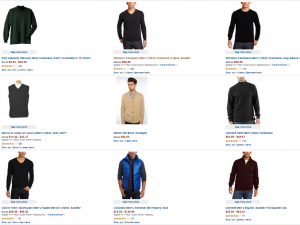
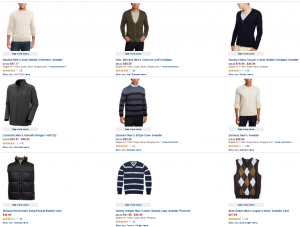
Mobile and Print Versions
Offering multiple versions of your site for mobile users and printing is great from a usability perspective, and is increasing expected in the age of the smartphone. However, once again this will ring duplicate content alarms at Google, as you are serving up essentially the same content on multiple pages (however well-intentioned you are).
This is another case where canonical tags are the way to go. In most cases you will want to treat the desktop version as the most important.


Similar Product Pages Across Domains
In cases where products are offered through different domains, cross domain duplication can become a problem. Dealers will often supply product descriptions to their re-sellers, who will use them verbatim. Also, ecommerce retailers who sell through multiple sites due to geographic or disparate markets may use the same descriptions across domains. Whatever the cause, the end result is duplication, and in many cases lots of duplication.
Unfortunately in this case there is no simple fix. Aside from convincing your competition to change their product descriptions (good luck), the only course of action is to re-write your copy to differentiate it from the rest. Depending on the volume of products on your site, this can be an intimidating task, but the results are well worth it.
When dealing with a site that has a very large number of duplicate product pages (across domains), a good technique is to prioritize your optimization efforts by focusing on the most important products first. This will most likely be determined by which products have the highest profit margin, have the highest sales, or are currently not drawing any search traffic.

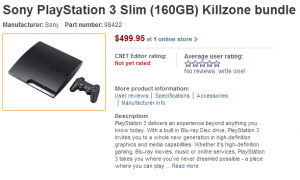
Be Proactive
As with most areas of online marketing, the key to effectively managing duplicate content on ecommerce sites is proper planning. By implementing the above measures from the beginning, you will be able to save yourself effort and stress down the road by handling duplicate content before it becomes a problem.
What are your top tips for optimizing ecommerce websites?
Image via Shutterstock.


